
Around the World – Malt Liquor
Malt Liquor – Travel is not only about landscapes, monuments, and cities. It is also about flavors, aromas, and experiences that open doors to the heart of a culture. Among the many beverages that travelers encounter, one stands out for its raw character, its surprising variety, and its strong place in local traditions: malt liquor. Often misunderstood, malt liquor is more than just a drink. It is a story of communities, social gatherings, and an unexpected glimpse into the everyday life of the places we visit.
In this article, we will explore malt liquor from a traveler’s perspective, tracing its origins, discovering how different regions embrace it, and understanding what it reveals about the cultures that brew and enjoy it. Whether you are an adventurous taster or simply curious about the customs of the world, this journey will invite you to see malt liquor as part of the wider travel experience.
What Exactly Is Malt Liquor?
Before setting out on this journey, it is worth pausing to understand what malt liquor is. At its core, brewers make malt liquor as a type of beer by adding extra fermentable sugars – often corn, rice, or other grains – to raise its alcohol content. While typical beers usually contain around 4–5% alcohol by volume, malt liquor often ranges from 6–9% or even higher.
Read also – North Macedonia Tailor-Made Trips: Authentic, Affordable & Unforgettable
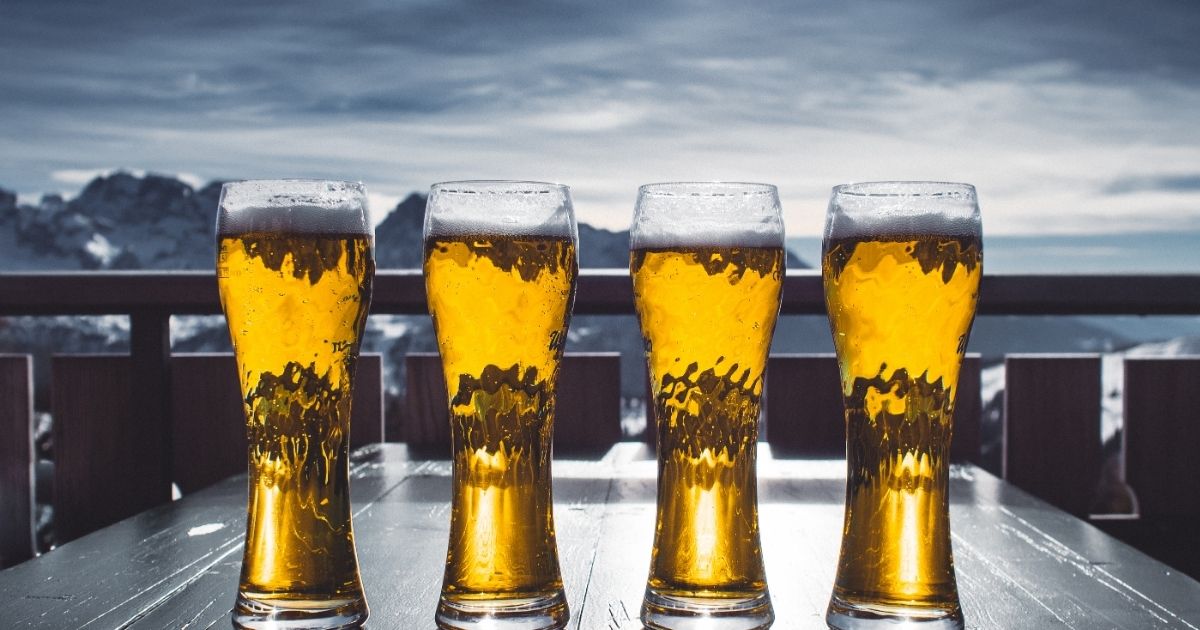
A Drink Born from Innovation and Necessity – Malt Liquor
Malt liquor first gained popularity in the United States during the mid-20th century. Breweries discovered that by adding adjuncts like corn or rice to the mash, they could create a beverage that was affordable, stronger than standard beer, and widely appealing to working – class communities. Over time, malt liquor developed a unique cultural identity, particularly tied to urban life, music, and street culture.
For the traveler, however, malt liquor is not just a drink from convenience stores or corner shops. It is a lens into the broader story of brewing traditions and how societies adapt alcohol to their own tastes and circumstances.
Malt Liquor Across the Globe
When you step beyond borders, malt liquor takes on many shapes and meanings. Every region adapts the idea of strong, affordable beer in its own way, creating a fascinating patchwork of flavors and traditions.
Malt Liquor in the United States
In the U.S., malt liquor became iconic in the form of 40-ounce bottles, large glass containers that symbolized both celebration and social connection. These oversized bottles found their way into barbecues, music lyrics, and casual gatherings. They often carried bold names, colorful labels, and a sense of identity for neighborhoods and communities.
For a traveler exploring American cities, trying a 40-ounce malt liquor can feel like stepping into a piece of cultural history. While it may not be served in refined breweries or gastropubs, it is deeply tied to the local fabric of urban life. Experiencing it in its authentic setting. Perhaps paired with fried chicken, barbecue ribs, or a late-night food truck meal. Is a taste of American culture that is often overlooked by visitors.
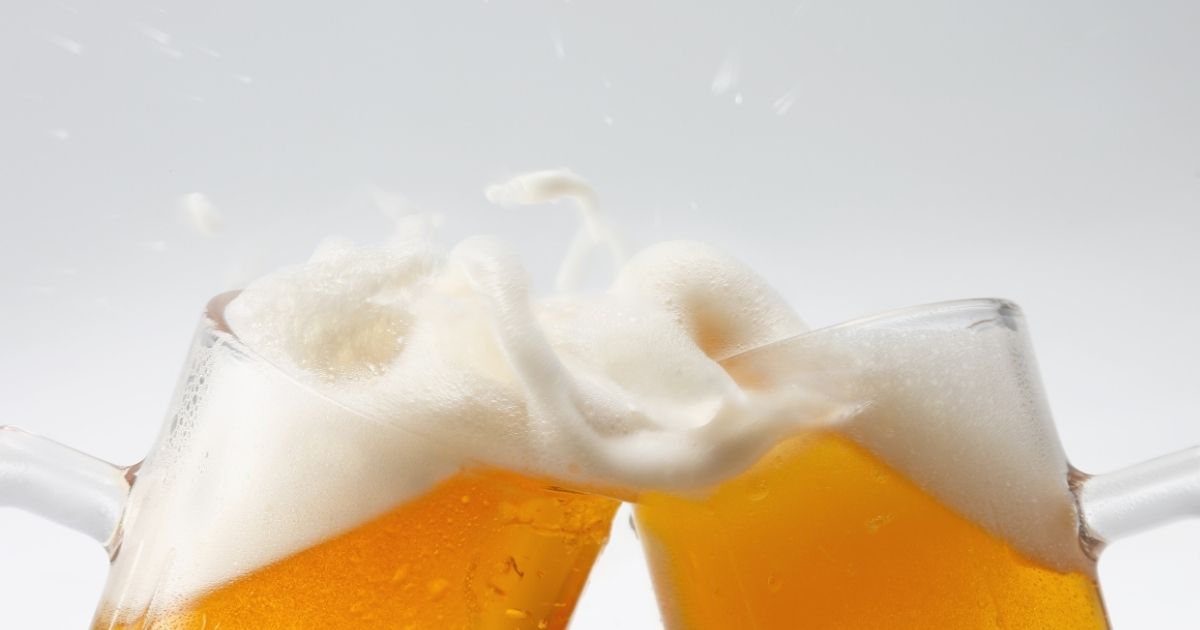
Strong Brews in Europe
Across the Atlantic, malt liquor finds its equivalents in strong lagers and so-called “super-strength beers.” In Germany, beers such as Doppelbock or certain strong lagers can echo the characteristics of malt liquor, though with more traditional brewing methods. In the United Kingdom, cans of super-strength beer are a familiar sight in local shops, often associated with affordability and accessibility.
Eastern Europe offers yet another variation, where breweries produce strong pale lagers that share the high alcohol content of malt liquor but often lean toward a crisp, clean finish. For travelers, tasting these strong beers in their native environments – whether at a small pub in Poland or a corner shop in the UK. Reveals how brewing adapts to local preferences and economic realities.
Asia’s Strong Beers Marketed as Malt Liquor
In Asia, the story continues in fascinating ways. Countries such as Japan, India, and China produce strong beers that are often marketed under the label of malt liquor. Japanese convenience stores may offer tall cans of strong, slightly sweet lagers that resemble malt liquor in both flavor and intent. In India, brands of strong beer reach alcohol levels similar to malt liquor, designed to suit local tastes for bold flavors.
Travelers in these regions may find malt liquor-style drinks at late-night markets, paired with spicy street food, grilled skewers, or noodle dishes. The experience is less about the drink itself and more about the atmosphere: neon lights, bustling streets. And locals gathering with friends over affordable, strong beverages.
Read also – How to Find Cheap Flights in 2025 (Even Last-Minute!)
Caribbean and African Variations – Malt Liquor
The Caribbean and parts of Africa also have their own takes on malt liquor. In Jamaica, for example, popular strong lagers echo the character of malt liquor. Often enjoyed at lively street parties or by the beach. In several African countries, breweries produce strong beers that are widely consumed at social gatherings, celebrations, and festivals.
For travelers, these settings offer not just a taste but a memory. The sound of music in the background, the rhythm of life around you. And a drink that is both simple and deeply tied to the community.
Read also – Where are the Maldives – All you need to know
Experiencing Malt Liquor as a Traveler
When traveling, tasting malt liquor is not about finding the “best” bottle or comparing it to fine wines and craft beers. Instead, it is about engaging with the environment, the people, and the culture surrounding it.
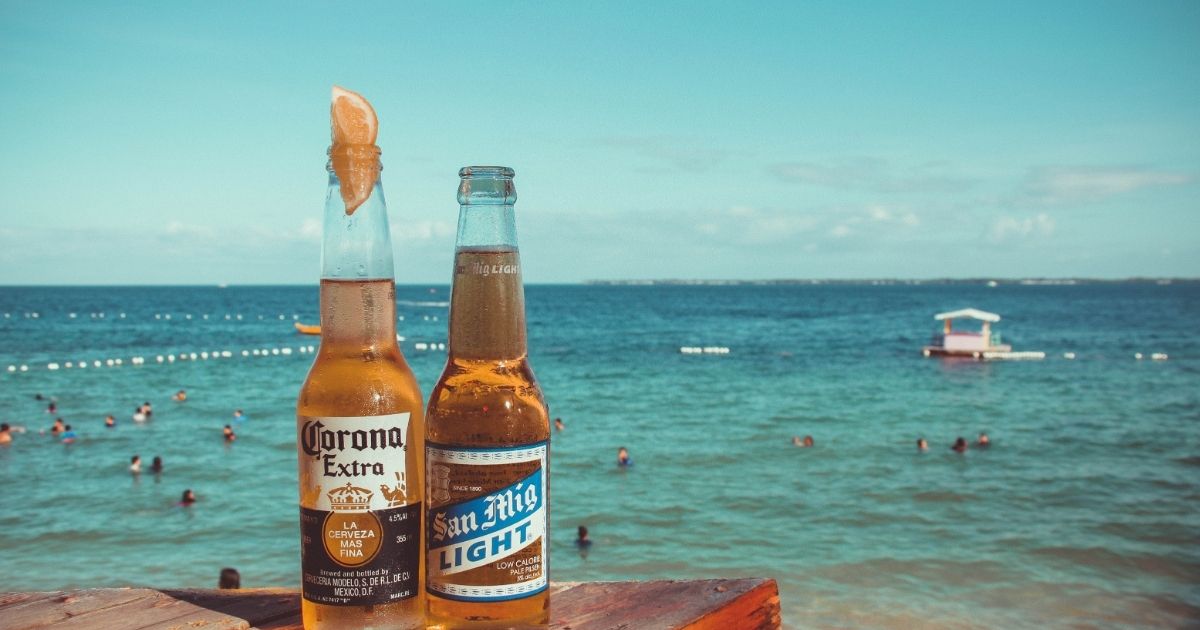
Social and Cultural Etiquette
One of the most rewarding aspects of tasting malt liquor abroad is observing how locals enjoy it. In some places, it is shared casually among friends on a street corner. In others, it may be part of a celebration or gathering. Travelers who approach these moments with respect and curiosity will find that malt liquor is less about the beverage itself. And more about the connections it creates.
Read also – Earl Bales Park Toronto: A Peaceful Escape in the Heart of the City
Malt Liquor as a Cultural Window
Every drink tells a story, and malt liquor’s story is one of resilience, adaptation, and identity. By looking at malt liquor, travelers can gain insight into broader aspects of culture.
A Reflection of Local Life
In many countries, malt liquor or its equivalents are affordable, widely available, and part of the working-class experience. They reflect economic conditions, social habits, and the ways in which communities come together.
Tied to Music and Urban Culture – Malt Liquor
In the United States especially, malt liquor is closely tied to music and urban identity. References in hip-hop and popular culture highlight its role as more than just a drink. It becomes a symbol of community and expression.
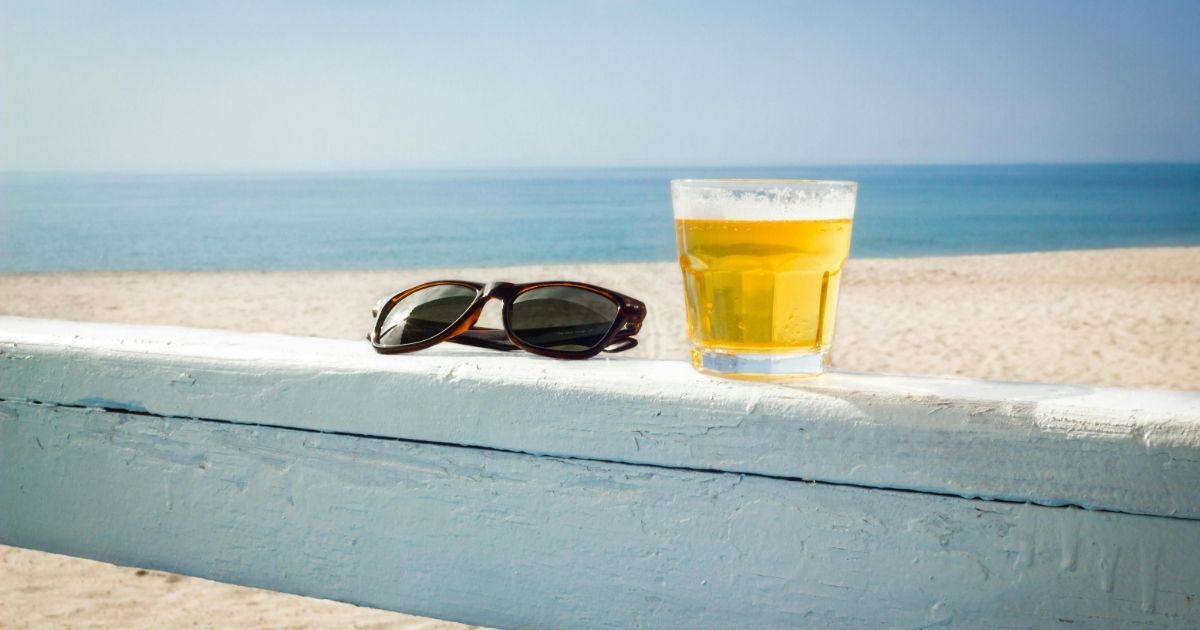
A Bridge Between Past and Present
From its origins in mid-century breweries to its presence in today’s global markets, malt liquor bridges history and modern life. Travelers who pay attention to these details may find themselves understanding a culture more deeply. Simply through a humble bottle or can.
Read also – Best Places to Visit in Europe
Drink Responsibly
When traveling, it is easy to get swept up in the excitement of new places, new flavors. And the desire to try everything at once. Malt liquor, with its higher alcohol content compared to standard beer, can be deceptively strong. Many bottles and cans look familiar in size, yet what is inside often carries more potency. This is why the first and most important tip for travelers is to drink responsibly.
Responsible drinking does not mean avoiding the experience altogether. Instead, it means enjoying the moment without letting it overwhelm your senses. When tasting malt liquor abroad, take it slow. Have a glass with a meal, or share a larger bottle with friends instead of drinking it alone. Pairing malt liquor with food not only balances its strength but also enhances the cultural experience. Since many local dishes are designed to complement strong beverages.
Another aspect of responsible drinking is knowing your limits. Every traveler has a different tolerance. And what feels manageable at home might feel different after a day of sightseeing or in a new climate. Staying hydrated, eating beforehand, and pacing your drinks will help you enjoy the moment without discomfort later on.
Finally, responsible drinking means being mindful of your surroundings. In some cultures, drinking in public may be frowned upon, while in others it may be perfectly normal. Understanding and respecting these local customs ensures that you remain a respectful guest in the country you are visiting. When approached this way, drinking responsibly does not take away from the adventure. It enhances it, allowing you to experience malt liquor as it is meant to be enjoyed: with balance, connection, and appreciation.
Read also – Sanur Beach in Bali – Your Ultimate Guide to a Peaceful Paradise
Be Curious, But Respectful – Malt Liquor
Travel naturally sparks curiosity. We want to know how people live, what they eat, and how they celebrate. Malt liquor offers one of those cultural entry points. However, curiosity should always be paired with respect. The way locals consume this drink might differ from what you expect, and observing these differences with an open and considerate attitude makes the experience far richer.
For example, in some American neighborhoods, sharing a 40-ounce bottle is a casual social ritual that carries cultural meaning. In parts of Asia, people often enjoy strong beers marketed as malt liquor at small street-side food stalls late into the night. In the Caribbean, locals tie drinking to music, dance, and a festive atmosphere. Approaching these settings with curiosity means asking gentle questions. Showing genuine interest, and being willing to step into a rhythm that is not your own.
Respect is equally important. Malt liquor is sometimes associated with working-class communities and may carry social or economic connotations. Avoid judging these contexts through the lens of your own culture. Instead, see them as opportunities to understand how everyday life unfolds in different corners of the world. By respecting the people and the traditions around the drink, you not only avoid misunderstandings but also gain deeper insight into local ways of living.
Read also – Kalanggaman Island Philippines: Paradise You Need To Visit
Being curious but respectful also applies to photography and storytelling. Taking a quick snapshot of locals enjoying a drink might feel innocent. But it can also intrude on private or communal moments. If you wish to capture the scene, ask for permission or focus on photographing the environment instead. By balancing curiosity with respect, your encounters with this drink become more than tastings. They become meaningful cultural exchanges that leave both sides with a positive impression.
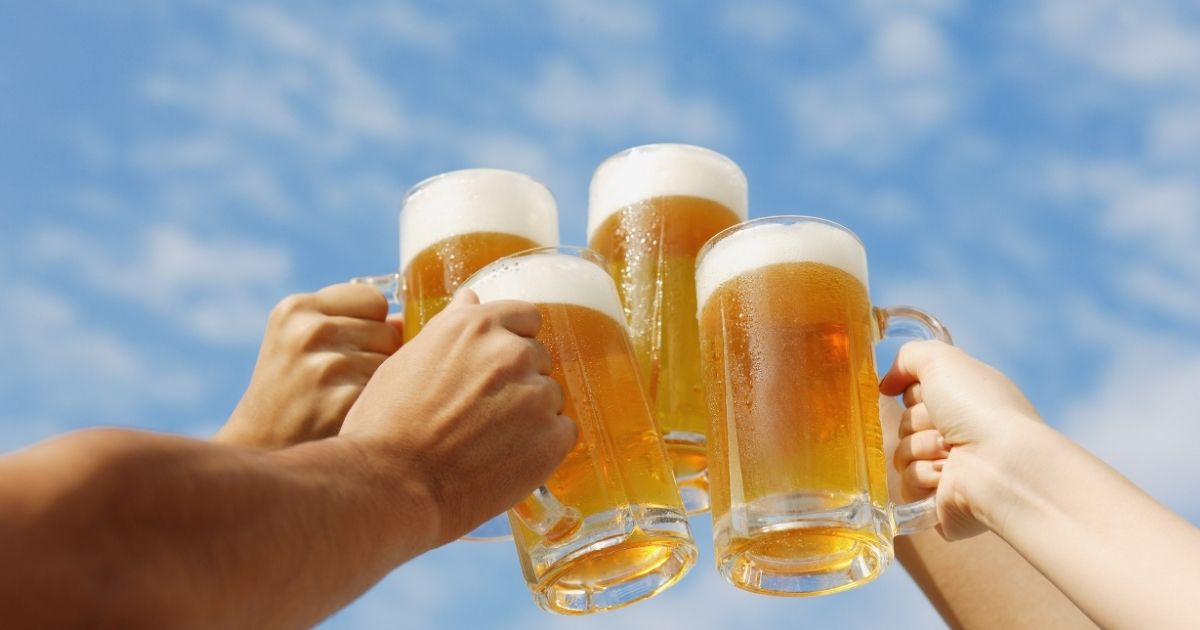
Look for Local Variations – Malt Liquor
One of the most rewarding aspects of exploring malt liquor while traveling is discovering how it changes from country to country. Although the basic concept remains the same – a strong. Affordable beer with a slightly sweeter or fuller body – local variations tell stories of history, climate, and culture. Keeping an eye out for these differences makes each tasting experience unique.
In the United States, malt liquor often appears in large glass bottles. Famously the 40-ounce size, and is tied to urban traditions. In Europe, you may encounter strong lagers in cans, marketed as “super-strength” beers. Eastern European breweries often lean toward crisp, pale versions that fit well with hearty regional cuisine. In Asia, tall cans of strong beer line the shelves of convenience stores, sometimes with flavors tailored to local palates. And in the Caribbean, you may find style drinks infused with a festive, beachside spirit.
Read also – Hotels in Alabang – Best Hotels for a Relaxing
By actively seeking out these variations, you turn a simple drink into a cultural adventure. Ask shopkeepers or locals which brand is most popular. Try pairing different versions with regional foods, from spicy Indian street snacks to smoky German sausages. Each pairing deepens the connection between the drink and the place.
Looking for local variations also means noticing how malt liquor is positioned in society. Is it the drink of choice at celebrations? A casual companion at street food stalls? Or perhaps a symbol in music, art, or literature? These clues offer layers of understanding that extend beyond taste.
As you travel, keeping this open and attentive mindset transforms this drink from a generic beverage into a cultural key. Each new variation you discover adds to your story as a traveler. Weaving together a global tapestry of flavors and traditions.

Where to Find It
One of the joys of traveling is stumbling upon the everyday places where local life happens. Malt liquor, unlike craft beers or fine wines, rarely hides in upscale restaurants or tasting rooms. Instead, it lives in the rhythm of daily life – in small shops, bustling markets, and casual eateries. Knowing where to find it not only helps you experience the drink. But also places you directly into the flow of the community.
In the United States, is most often spotted in corner stores, gas stations, or local groceries. The iconic 40-ounce bottles usually sit alongside other mainstream beers, waiting for those who know the tradition. In Europe, strong lagers and “super-strength” beers are common in supermarkets and small convenience shops. Also often displayed in the affordable drinks section. Travelers in Asia may discover tall cans of malt liquor – style brews in 24-hour convenience stores. Perfect for pairing with a late – night snack from a nearby food stall.
Markets and festivals are also wonderful places to seek out local variations. In the Caribbean, you might find a chilled bottle at a street party. Also even being sold near a beach shack. In parts of Africa, strong beers are often tied to celebrations. So attending a festival or community gathering can provide an authentic opportunity to taste them in their true setting.
The key is to follow your curiosity and step into the places where locals shop and gather. Even a quick visit to a neighborhood convenience store can feel like an adventure. When you notice the details: the labels, the branding, and the way people casually pick up their drinks. By seeking this drink in these everyday places. You gain more than a beverage – you gain a window into the rhythm of local life.

Food Pairings to Try
Pairing malt liquor with local food can transform what might seem like a simple drink into a memorable travel experience. Because this drink often has a higher alcohol content and a slightly sweeter or fuller taste than regular beer. It pairs especially well with bold, savory, and spicy dishes. Paying attention to these pairings allows you to enjoy malt liquor the way locals often do. Not as a standalone drink, but as part of a wider meal or gathering.
In the United States, frequently appears alongside hearty comfort foods. Think fried chicken with a crispy coating, slow-smoked barbecue ribs, or even a simple slice of pizza shared with friends. The strength of the drink cuts through the richness of the food, creating balance. In Europe, style is strong lagers are often paired with pub fare – sausages, kebabs, chips, or hearty stews. These dishes echo the robustness of the drink while also grounding it in a communal dining setting.
Read also – Things to Do in Honolulu – Discover Everything You Need
Across Asia, the pairings lean toward spice and street food. A tall can of malt liquor complements skewered meats grilled over open flames. Bowls of spicy noodles, or crunchy fried snacks. The slightly sweet edge of the drink helps soften the heat of chili peppers. Making it a practical and delicious companion. In the Caribbean, you may find it enjoyed with jerk chicken. Also fried fish, or plantain – based dishes – flavors that capture the vibrancy of the islands.
Read also – Huayhuash routes – All you need to know about
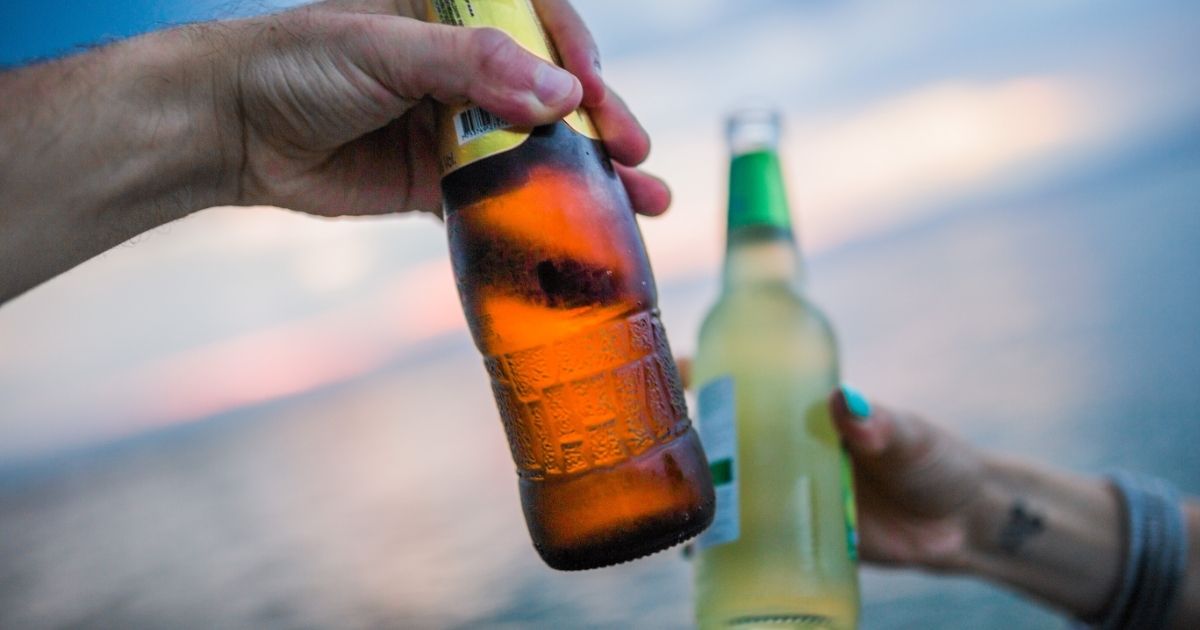
Conclusion: More Than Just a Drink
Malt liquor may not appear in glossy travel brochures or fine dining guides, yet it holds a quiet significance. For travelers, it represents an opportunity to step into the everyday rhythm of life. Also to share a drink with locals, and to discover a culture in its most authentic, unpolished form.
When you travel, remember that the world is not only about grand sights but also about small, meaningful encounters. Trying this drink in a new country is not just about the taste – it is about the story, the setting. And the people who make it part of their lives. In that sense, every sip is a cultural journey in itself.




[…] also – Malt Liquor: A Cultural Sip Around the […]
[…] also – Malt Liquor: A Cultural Sip Around the […]
[…] also – Malt Liquor: A Cultural Sip Around the […]
[…] also – Malt Liquor: A Cultural Sip Around the […]